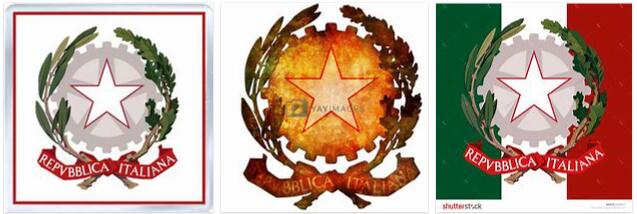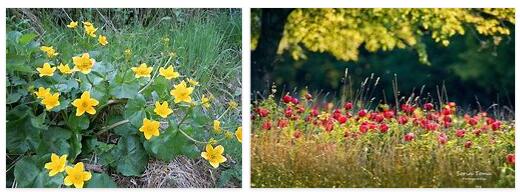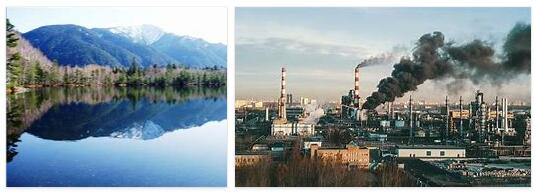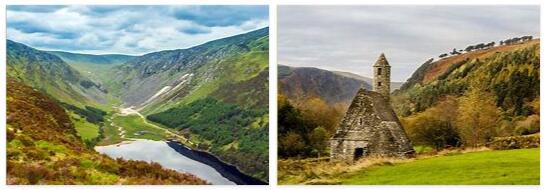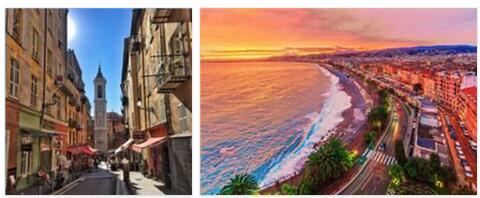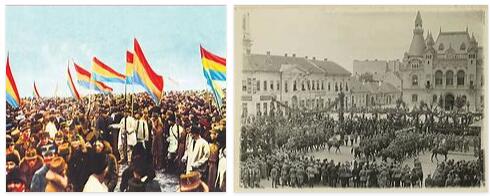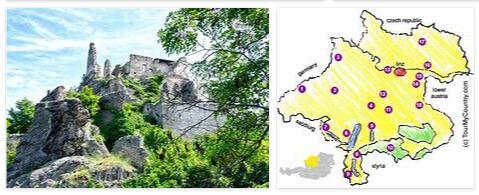Italy Government Fascist from 31 October 1922
President – Head of Government, Prime Minister and Secretary of State: Mussolini Benito; foreign: Mussolini int., Grandi Dino (12 September 1929 – 20 July 1932), Mussolini, Ciano Galeazzo (from 11 June 1936); interiors: Mussolini, Federzoni Luigi (17 June 1924 – 6 November 1926), Mussolini; colonies – Italian Africa: Federzoni Luigi (resigned on June 17, 1924),… Read More »
